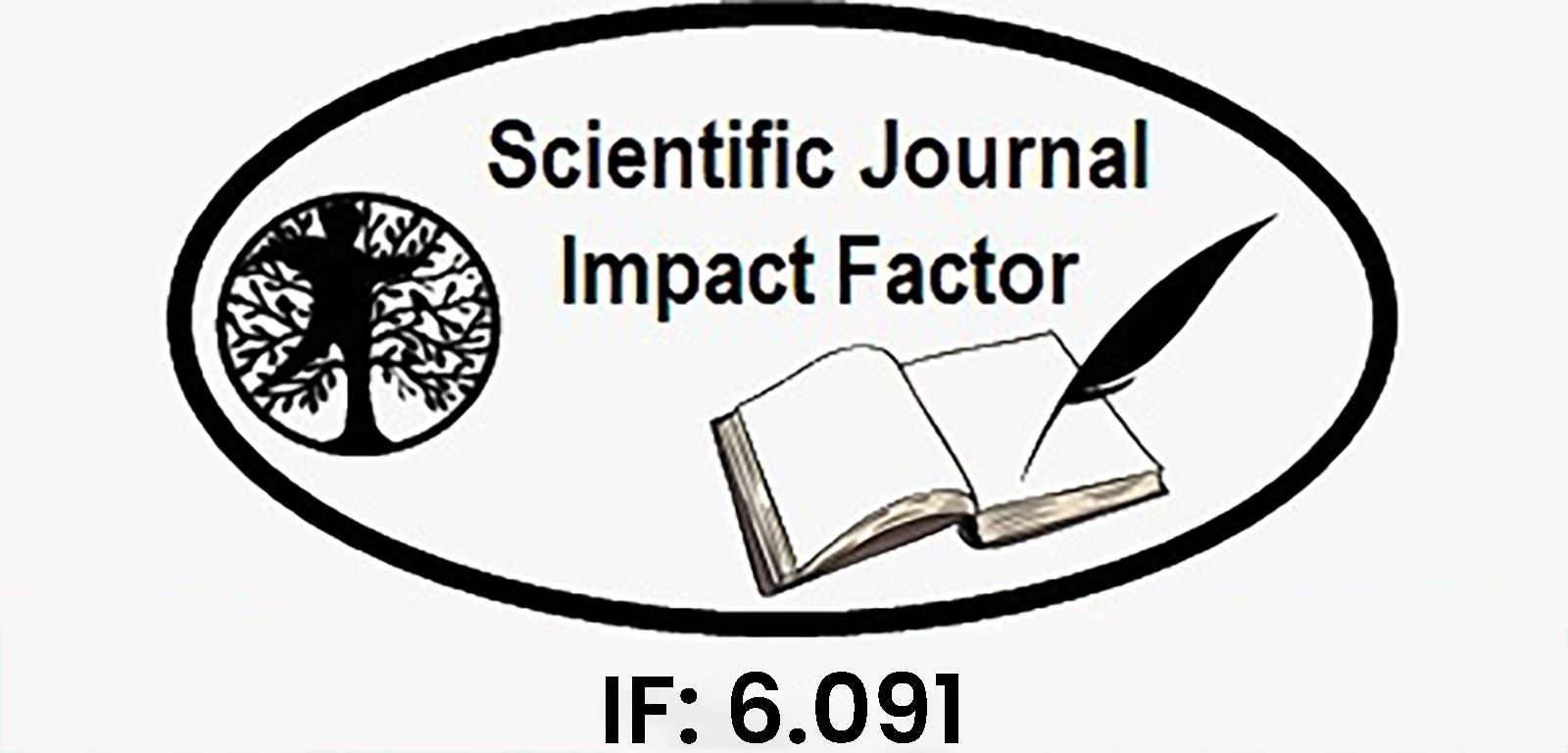UNSUPERVISED DOMAIN ADAPTATION FOR CRIME RISK PREDICTION ACROSS CITIES
Keywords:
risk projection, Predicting city crime risk, high-quality, build supplementary, representations, utilizing three real-worldAbstract
City safety and the quality of life for citizens depend on accurate crime risk projection. Predicting city crime risk, however, is difficult without labelled data. Collecting high-quality tagged crime data is not an easy task for many places due to municipal rules and upkeep expenses. In example, there may be a significant disparity in the amount of labelled data available for different cities. By using what is known about crime prediction models in cities with plenty of data, it has proven feasible to create models for cities that lack labeled crime data. However, this prediction job is already challenging, and the fact that important background data is inconsistent between locations further makes things worse. Therefore, this study presents a workable unsupervised domain adaptation model (UDAC) that takes into account the inconsistent settings and effectively predicts crime risk across cities. With respect to each target city grid in particular, we begin by locating a number of comparable source city grids. We use the grids of the source cities to build supplementary contexts for the target city, ensuring that the two cities' contexts are compatible with each other. In order to learn both domain-invariant features for domain adaptation and high-level representations for accurate crime risk prediction, an unsupervised domain adaptation dense convolutional network was developed. Extensive trials utilizing three real-world datasets validate our model's efficacy.
The rapidly expanding discipline of data science relies heavily on machine learning. The project's essential findings have been uncovered via the training of several algorithms to produce predictions or classifications using statistical approaches. Insights like this should eventually influence critical growth metrics by driving application and business decision making.
This project data is used by machine learning algorithms to create a model, which may then make judgments or predictions without being specifically trained to do so. When traditional algorithm development becomes too daunting or impractical, many datasets turn to machine learning algorithms.
Downloads
Downloads
Published
Issue
Section
License

This work is licensed under a Creative Commons Attribution-NonCommercial-NoDerivatives 4.0 International License.















